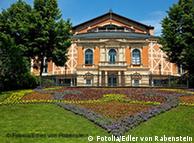History Unfolding on a Hand Scroll
By ROBERTA SMITH
Published: January 26, 2012was born in China in 1904, seven years before the Chinese Revolution brought 2,100 years of dynastic rule to an end. He died in 1965, months before China’s Communist regime unleashed the Cultural Revolution, which aggressively persecuted the country’s writers, artists and other intelligentsia, sometimes unto death.
A sortable calendar of noteworthy cultural events in the New York region, selected by Times critics.
Nanjing Museum
Chinese Art in an Age of Revolution: Fu Baoshi (1904-1965) “Drunken Monk” (1944), a hanging scroll, at the Metropolitan Museum.
Fu, a fervent devotee of the ancient tradition of Chinese brush-and-ink painting, as well as an art historian and exceptionally skilled seal carver, often walked a kind of tightrope through the tumultuous times that came in between: the internecine power struggles following the Chinese Revolution of 1911; the upheavals of the Sino-Japanese War of 1937-45; and the Communists’ final triumph, after a bloody civil war, in 1949.
His trajectory is the subject of an intriguing up-and-down survey at the Metropolitan Museum of Art. It suggests that Fu, who came from very humble circumstances and was largely self-taught, was sustained by exceptional talent and a steely yet flexible dedication to his art. His skill and refinement, as well as his willingness to adapt, pervade this show, which is serene on the surface but less so beneath.
“Chinese Art in an Age of Revolution: Fu Baoshi (1904-1965)” contains nearly 90 paintings. Early examples depict Tang-style court ladies, scholars perusing paintings and a calligrapher monk imbibing wine before setting to work. In later works, a line of destroyers plows through waves, and steam shovels strip mine for coal. The most imposing works throughout are panoramic views of majestic mountains, rivers and forests, in which a range of robust textures and scratchy, dry-brush markings impart a vigorous, sometimes wild sense of modernity.
Organized by the Nanjing Museum in China and the Cleveland Museum of Art, this exhibition is a landmark: the first full-dress retrospective of a 20th-century Chinese artist to be seen at the Met. It occupies ground prepared by the excellent exhibitions of classic Chinese painting that Maxwell K. Hearn, a longtime curator at the Met and now head of its department of Asian art, has been staging there for more than three decades.
In some ways it might have made more sense for the Met’s first 20th-century Chinese artist to be a better-known figure, like Fu’s contemporary Zhang Daqian (1899-1983) or the elder Qi Baishi (1864-1957). (Their work has been in the news because, thanks to the enthusiasm and wealth of Chinese collectors, it ranked first and second in earnings at auction last year, above Warhol’s and Picasso’s). Zhang, a collector and brilliant forger of historical paintings, left China forever in 1948, and went on to develop an astute fusion of Chinese ink painting and Abstract Expressionism that can be quite dazzling. Qi, an immensely popular painter who specialized in bold, often whimsical calligraphic close-ups of vegetables, insects and water creatures, stayed on, protected by his fame, living and working in Beijing a bit like a hermit in his hut, and having little to do with Mao’s regime.
With Fu, we have something altogether different, an implicitly more austere, possibly academic artist, but one immersed in his moment. Not only did Fu not leave China, but he also participated actively in the Communist apparatus as an artist, teacher and writer. His work reflects its historical context with particular vividness, although it is also sometimes so completely reflective that it becomes a curiosity, a historical artifact, and we lose the sense of its art. All of this means that the show raises all sorts of interesting questions about the relationship between art and freedom, aesthetics and politics, and innovation and tradition.
The through line of Fu’s career is ink-and-brush painting, for which he was never less than an impassioned advocate even when, in the 1920s, he had little access to it. Sequestered in private collections in a country with few museums, this kind of painting was also frequently viewed as a fusty, if not decadent, relic of the imperialist elite. Fu would come into his own as an artist only in the 1930s, after two extended visits to Japan, where Chinese painting, treasured for centuries, was more accessible and avidly studied by artists and art historians alike. Also important to him were histories of Chinese painting by Japanese art historians, which he translated into Chinese and which influenced his own writings.
The show’s earliest works, on view on the left in the first gallery, are four hanging scrolls from 1925, in which Fu deftly but rather one-dimensionally demonstrates the ink-brush techniques — the soft dots, short dashes and calligraphic outlines — basic to the long literati tradition of Chinese landscape painting, which he was then studying mostly in woodblock reproductions.
Across the room are examples of the carved seals that he began making in high school to help support his family, displayed beside red impressions of their spare, nested characters. And straight ahead, a monumental landscape, painted in 1933, probably during his first trip to Japan, pays homage to the Yuan master Wang Meng (1301-1385) with a dense surface richness that also testifies to Fu’s consummate synthesis of techniques.
The show’s strongest works are a series of images of mist-shrouded or rain-swept mountains from the 1940s. Here he pushes the traditional ink medium to new levels of atmospheric abstraction with a range of innovative, sometimes crazed brush textures and pale washes.
The show is never quite so visually exciting again, although Fu’s faith that his medium can serve the needs of the Communists, who favored Soviet-style Social Realism and were heartily suspicious of ink painting, provides its own drama. In both his writing and his art, Fu mounted a nationalistic argument for the medium as an important symbol of China’s illustrious culture and an appropriate means by which to celebrate its amazing natural wonders (or their exploitation), and for a while created a window of opportunity for himself. Basically, Fu opened ink painting to a new kind of reality, both in terms of the visible landscape and historic events.
In the works from the 1950s on, the clouds often come from smokestacks that signify industrial progress, and pine trees are joined by telephone poles. A river view shows Mao in a boat full of soldiers making a famous escape during the Long March, much like Washington crossing the Delaware. Some landscapes have an almost photographic, wide-angle precision, like the 1961 hand scroll “Sea of Trees by the Heavenly Lake,” which resembles a barren earth-work until you grasp its vastness.
Others, like “Oh, Changbai Mountain!” and “Snow Over an Expanse of Forests,” build on the rich markings of the 1940s works. In the final gallery, in images at once beautiful and a bit chilling, tints of red — the Communist Chinese color, par excellence — creep into skies, spread across water and inflame a national monument.
It is hard not to feel in the second half of the show that Fu was often painting for his life, working in a torturous situation as he tried to meet the shifting imperatives of the party, while also attempting works of a more personal, expressive nature.
Like the Ming painter Shitao, whose free brush Fu especially revered, Fu believed that liquor stirred the creative juices. “Often After Being Drunk” is the phrase on a personal seal that he frequently stamped on his paintings. More than one art historian believes that Fu drank himself to death. If so, it may have been just in time. He navigated more than his share of ideological challenges, but it seems unlikely that he would have survived those of the Cultural Revolution.




















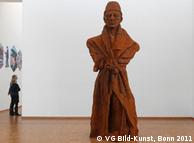
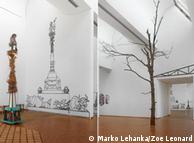
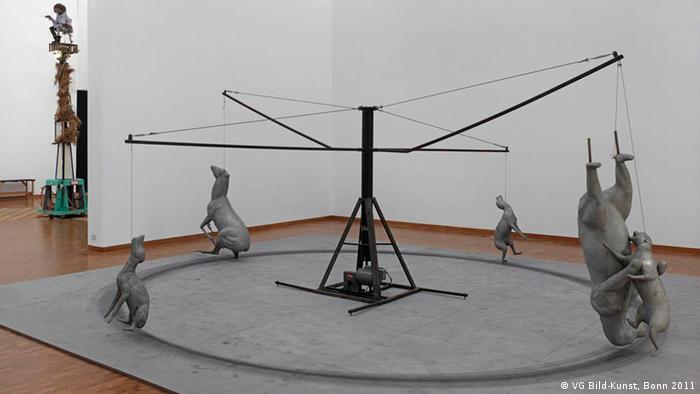
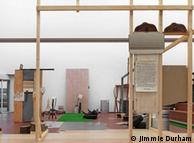
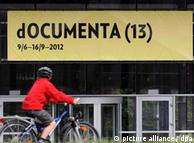
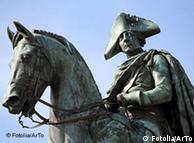
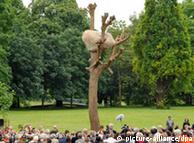
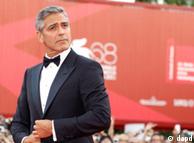 George Clooney stars in 'The Descendants'
George Clooney stars in 'The Descendants' 